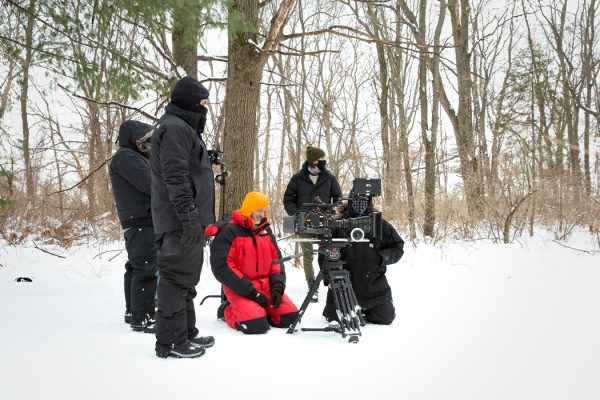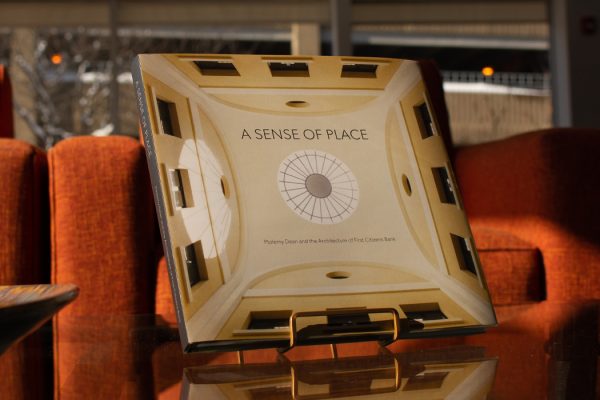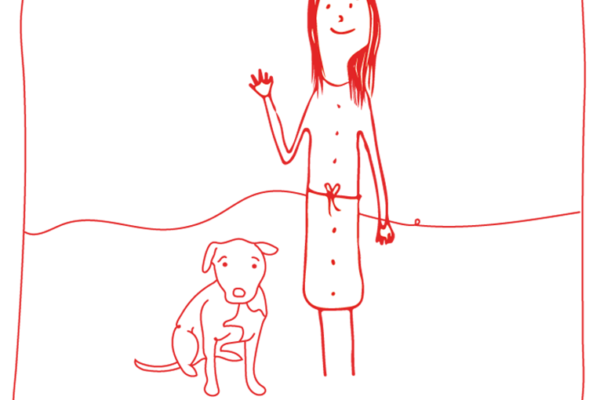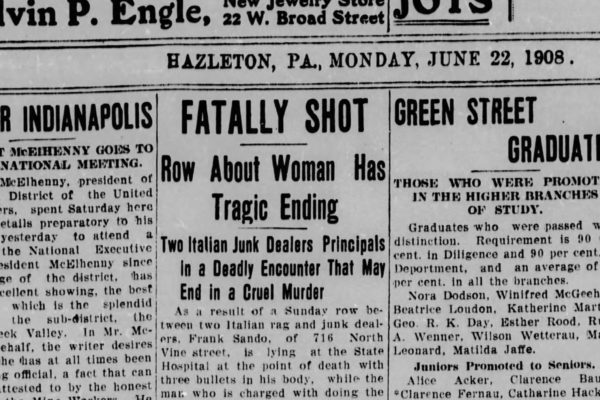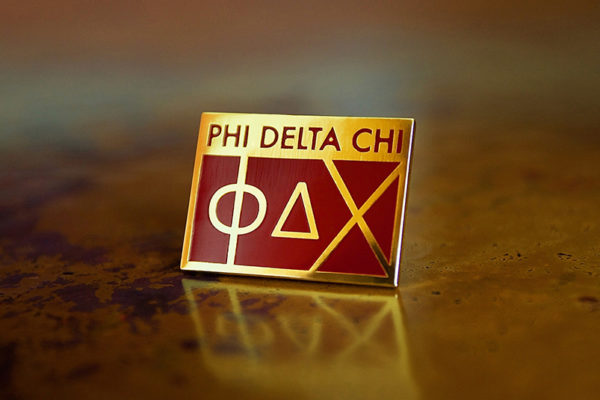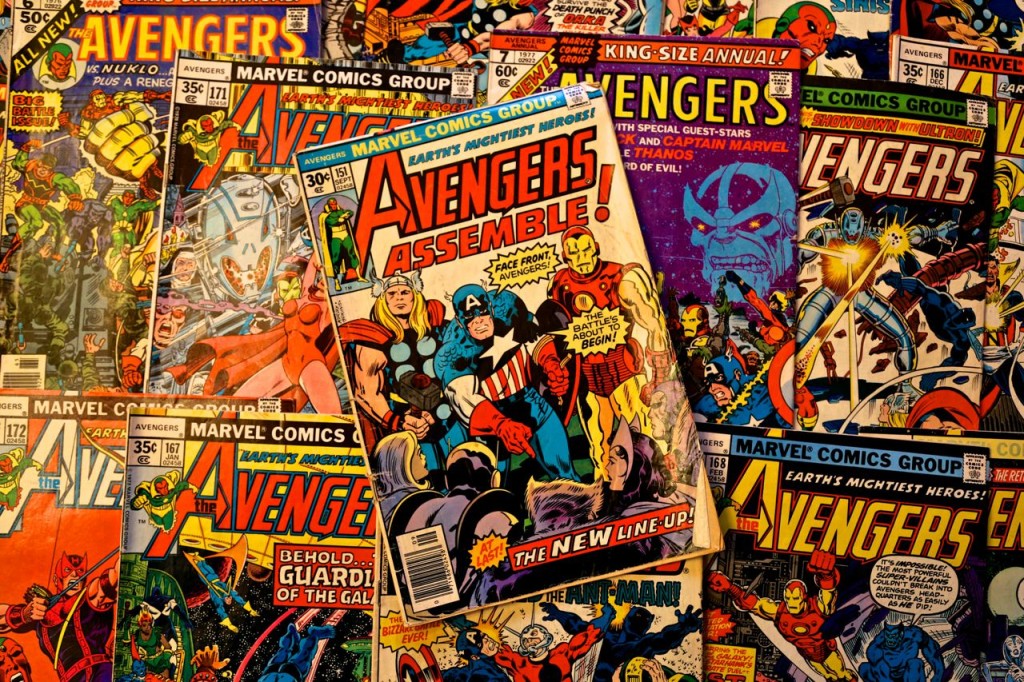
. . . might sound like an exaggeration. But isn’t. Way back in June 1976, the summer when I was 12 years old, I was in the Leader Drug up the road from where I lived. They had what most drug stores had in those days, tucked at the bottom of the wooden racks where they kept the magazines and paperbacks: A couple rows of comic books.
I’d read comics here and there before – mostly DC Comics, the occasional Superman or Batman, and only two Marvel Comics that I can remember, a Spider-Man and a Fantastic Four. And I don’t recall having ever purchased any. They were just around every now and again.
But there was this comic book there on the rack that I’d never heard of before. It was a Marvel comic book. The Avengers. Number 151 (the one in the center of the photo above these words). I gave it a quick look and bought it.
The interesting thing about Avengers 151 was this: For a genre of popular literature celebrated (or deplored) for its action (or violence), there wasn’t a single bit of action (or violence) to be found anywhere in the story.
It was all just conversation. Nothing but talk. About who would be an Avenger.
Inside their Manhattan headquarters, The Avengers considered the pros and cons of how many Avengers there should be, who should be on active duty and who should be on call, if the need for such a call ever arose.
Outside the Avengers mansion, a crowd of spectators and media were gathered, as if a pope was about to be named. Scattered across the country, other superheroes (and villains) watched the news and consider the implications.
It’s all very postmodern – once you get past the superhero costumes and the superhero names. And it was fascinating for someone who knew nothing at all about what went on in the 150 issues that had come before.
I’m sure I’ve read that one comic book several hundred times over the 39 years that have passed since I bought it. Over the dozen or so years after purchasing Avengers 151 – the time when I was very much an active comics fan – I probably read a few thousand other comic books. X-Men. Batman. Daredevil. Watchmen. The Spirit. Cerebus The Aardvark (yes, an aardvark). Uncle Scrooge (yes, that Uncle Scrooge). And more.
I can’t tell you the last time I purchased any comics. Every now and again, I’ll dig out some of those I have left (a few hundred, mostly the ones named above) and have a read. The great ones still hold up.
What comics did for me that I can say changed my life is open up a doorway into other genres, other pieces of the pop culture world. Pulp novels. Crime fiction. Science fiction. Fantasy. Doc Savage. The Shadow. Sherlock Holmes. Dashiell Hammett. Harlan Ellison. Star Wars. Star Trek. The Lord Of The Rings (the movies not the books). The Chronicles of Narnia (the books not the movies). And more. There is much that I’ve loved reading and viewing that proceeded, as dominos falling, from a single comic book.
What that issue of The Avengers did that none of the Batman or Superman or whatever comic books I’d read before it ever managed to do was show me a glimpse of a big, complex and fascinating universe of stories in a single 17-page chapter.
The Avengers changed my life.
* * *
Years later, I’m mindful that my experience was just one more example of the way Marvel Comics revolutionized both the art and business of comic books.
In the early sixties, when Marvel published the first issue of Fantastic Four (its return to superhero comics after nearly a decade of monster comics, western comics and, yes, romance comics), it began tearing down the conventions of the genre and the business supporting it. After the Fantastic Four came the Hulk, Thor, Iron Man, Daredevil, The Avengers, the X-Men, Captain America, Dr. Strange and the rest. These titles revived what had been a struggling second-tier comics publisher.
Within a few years, Marvel joined DC in the top tier and, more importantly, had created cultural heat that no other comic book company could match, even DC, the home of the industry’s “big three” iconic characters, Superman, Batman and Wonder Woman.
With Marvel, comics had become cool. They fit into sixties counter culture. They made their way to college campuses. They were noticed – approvingly – by other media, newspapers, magazines, TV shows. Other culture creators embraced them.
Marvel was rock and roll. DC was easy listening.
In marketing terms, Marvel was the challenger brand that innovated its way into the top spot. It was the Apple of its day. There was a philosophy and a formula that underpinned the creative content that Marvel brought to the audience. It wasn’t that a Spider-Man was inherently more interesting than a Batman (two characters named after vermin), it was that Marvel told stories in a way that was inherently more interesting . . . and cultivated a market in a way that was inherently more savvy.
Specifically, Marvel’s innovations were these: Heroes with problems, New York City and continuity.
The first of these, heroes with problems, made Marvel’s characters instantly more accessible than the competition’s. The Fantastic Four argued and fought with each other; the X-Men argued and fought with each other; the Avengers argued and fought with each other. Spider-Man suffered; the Hulk suffered. Marvel brought some good old fashioned melodrama to its stories. And people reading the stories could relate because the people in the stories read more like the people reading the stories.
Consider the difference between the Batman of the early 1960s and Spider-Man in his first few years:
Sure, Bruce Wayne lived through the trauma of seeing his parents gunned down when he was a child. But . . . he’s rich, handsome, acclaimed as a businessman and feared as a crime fighter. He has a mansion, a corporation, a loyal manservant and a truly badass ride. The authorities cooperate with his vigilantism.
Also an orphan, Peter Parker was a nerd long before nerds were cool, a straight arrow high school loser with aptitudes for science and getting his ass kicked by the jocks and bullies. He’s scrawny and unheroic looking. Only one great thing happens to him in his life and that’s getting the Spider-Man powers. The rest is misery: His Uncle Ben is murdered because of Peter’s inaction; his Aunt May struggles with poverty and ill health; Peter has no meaningful relationships because he has no time for them between school crime fighting and trying to earn some money (also, because he’s a dork); and the hero Spider-Man is soon branded a public menace by the publisher of the Daily Bugle, who confesses to himself – and the reader – that he just wants to tear Spider-Man down.
It’s a life defined by cruel irony: Spider-Man’s biggest fan is the high school jock who picks mercilessly on Peter Parker.
Yeah, life may have given young Bruce Wayne a tough lesson in the ways of the world, but after that it was pretty good to him. On the other hand, life takes a daily crap on Peter Parker. Yet he soldiers on. Who’s the more interesting? And the more relatable?
The second Marvel innovation is New York City. Before the Fantastic Four came along, comic books (that is DC Comics) were set in places like Metropolis, Gotham City, Central City, Coast City, Midway City, Star City, Gateway City and, of course, Smallville. If these settings felt generic, interchangeable and fake, it was only because they were. And the stories suffered for it.
On the other hand, Marvel’s heroes lived in New York. Not all of them, but most of them. The Fantastic Four lived in the top five floors of a midtown high rise, the Baxter Building. Peter Parker lived with his aunt in Queens. Dr. Strange had a brownstone in Greenwich Village. The Avengers had that mansion. And so on.
The conceit of Marvel’s geography was that their characters lived in our world . . . an idea that made the heroes-with-problems approach all the more real-seeming. It also made the stories themselves more fun. Because the people and places and events of our world could spill into the Marvel world and vice versa . . . putting Marvel’s characters and readers into the heart of the culture (in the comics, for instance, the Fantastic Four visit the Marvel office and meet the people who write and draw their stories).
The third innovation, continuity, is the word the comic book fans of the sixties borrowed to describe the interconnectedness of the stories in the Marvel Universe. Before Marvel rose up, DC Comics stories were generally one-and-done. Marvel’s combination of Saturday morning serial and television soap opera has often as not meant a story would be continued in the next issue and the next and the next. And the next.
It also meant – because most of the Marvel heroes and villains lived in New York City or at least visited from time to time – Marvel’s characters showed up in each others’ comics, some times in a merely cameo fashion, other times as guest stars helping drive the narrative. The Marvel continuity extended not just within each title, but across all titles. It was one big story being told by a team of writers and artists. Something that happened in Daredevil this month could have consequences for a Spider-Man story years from now. It all counted.
You could throw out egghead terms like “deconstruction,” “intertextuality” and “the open work” to describe Marvel’s character building and narrative architecture. And they’d be true, to some extent or other. For the reader accustomed to DC Comics at the time, it must have been revelatory.
And addictive.
The great thing about having a single story unfold across dozens of comics each month – and doing it with characters the readers relate to in a world they recognize – is it’s an awesome business model when you get it right. It drives usage and loyalty. It supports line extensions – new characters, new titles. And it increases the perceived residual value of older comic books – because their stories are still unfolding – which in turn increases the perceived value of the new ones.
Add it all up – the problems, New York, continuity – and you got a whole that was far greater than any of the constituent parts.
It’s a model that Marvel Studios has picked up in toto across 10 movies between 2008 and 2014, earning nearly $7 billion with a B in global box office. It’s the same model that’s going to get them another $2 billion in box office this year with the release of The Avengers: Age Of Ultron and Ant-Man. And it’s the model every other studio is chasing – whether it makes sense or not (we neither need nor want a “Ghostbusters universe,” but apparently we’re getting one anyway).
* * *
Being in the business of branding and advertising, I’ve wondered now and again what lessons the rest of the marketing world might pick up from the Marvel model.
I’m sure it doesn’t apply everywhere. For one, it’s based on a known parent brand with many, many, many sub-brands in its portfolio. There aren’t necessarily a lot of those. But I can think of a few.
For instance, while I’ve never actually watched a single WWE (nee WWF, before the World Wildlife Federation got on them) wrestling event, it’s clearly a brand that’s taken the Marvel model to a new category: There’s melodrama, good guys, bad guys, an ever-unfolding narrative of rivalries, enmities and cameo appearances. And it’s got violence, most of it fake.
I also look at the hip hop world as basically the Marvel model brought to popular music: The characters have made-up, superhero-style names (Snoop Dogg, LL Cool J, the Notorious B.I.G. and so on); performers pop in and out of each others’ tracks (“featuring so and so” is big in the credits in hip hop videos) and there’s a complex melodramatic backstory involving rivalries and violence, too much of it real.
A third brand I think succeeds with the Marvel model is Fox News. In cable news, Fox is the fun, irreverent and tradition-breaking Marvel to CNN’s boring, sober and tradition-clutching DC. Continuity and crossover is huge in Fox’s take on the Marvel model: The Fox talent shows up on each other’s programs – Fox and Friends in the morning, Outnumbered at noon, The Five at five, the primetime lineup and Red-Eye in the middle of the night . . . and they seem to enjoy spending time together. The Fox universe and Fox characters line-extend to Fox Business, Fox Radio and a long list of books authored or at least coauthored (wink) by the talent. Just as Marvel created a universe that included the loyal reader, Fox News created a family that includes the loyal viewer.
What about other brands? Are there other Marvels, current or potential, out there?
Other media and content brands, of course, are ripe for a bit of what Marvel built. Apple is a Marvel. The whole self-contained walled garden model is the Marvel Universe brought to hardware and software. A big car brand like Chevrolet could be, but probably never will be a Marvel, mostly because it would demand letting go of a certain silo structure car companies prefer to hold on to. And a political party – during a presidential year – could most certainly be a Marvel, creating a cohesive “universe” where one side’s presidential, gubernatorial, senatorial and congressional candidates cultivate a broad but unified fan base (that is, voters).
And what if you have only one brand in your portfolio? Are there lessons to be had? I think the answer is yes.
The Marvel model succeeded on the basis of three things: Heroes with problems, New York City, continuity.
Other words for those brand drivers are empathy, relevance and persistence.
Those are certainly qualities available to any marketer who chooses to leverage them. The demand for them never goes away. And few marketers really commit to them. So the field is still wide open.
Empathy, relevance, persistence. There are worse ways to try building a brand.
’Nuff said.
ml
5.4.2015


